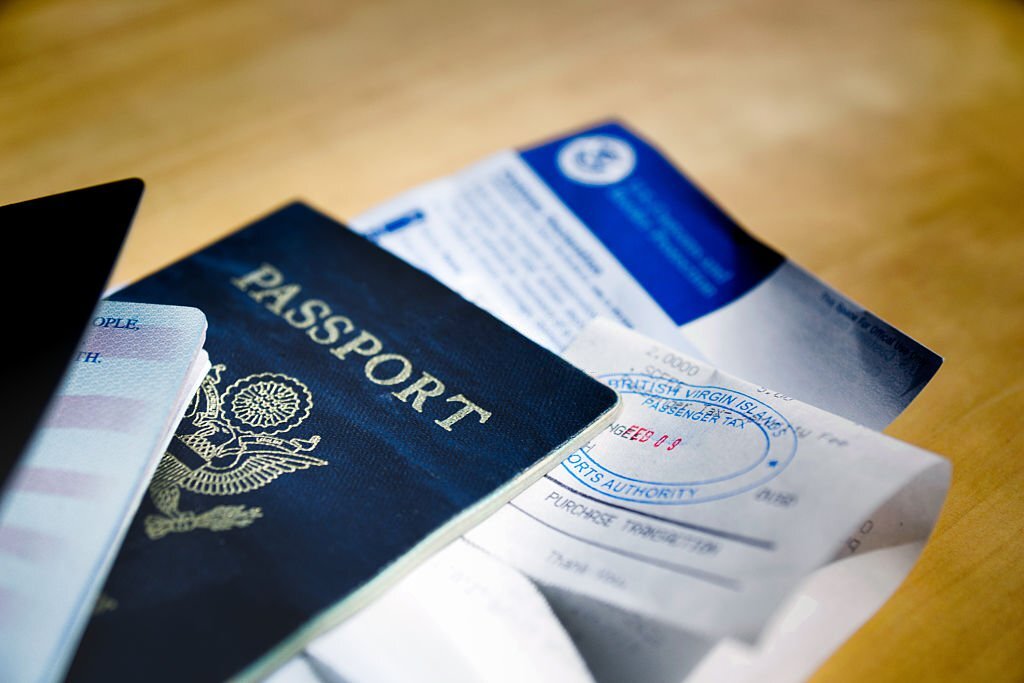Australia is one of the most popular destinations for study, work and tourism, so if you are not a citizen of Australia and living in Australia on a visa, you should know about other visas that would allow staying in Australia lawfully in case your visa expires.
Imagine the situation, what would happen if your current visa expires and you do not receive the status of your applied visa? It is challenging to live in Australia without a visa. There is a Bridging visa to avoid this situation and stay lawfully in Australia. If confused about choosing visa, consult with the migration agent for the right decision.
What is a Bridging Visa?
As the name suggests, a bridging visa is a type of visa that is a bridge between two visas. It's a temporary visa that allows people (not citizens of Australia) to live in Australia when their current visa expires and the other applied visa is under review.
A bridging visa is issued for a short time while the people await the decision on the applied visa to stay further in Australia; so with the bridging visa, an individual can live legally in Australia.
Types of Bridging Visa
Bridging visas are of multiple types based on the issues with various conditions and rights to stay in Australia depending upon the need.
- Bridging Visa A (BVA) Subclass 010
- Bridging Visa B (BVB) Subclass 020
- Bridging Visa C (BVC) Subclass 030
- Bridging Visa D (BVD) Subclasses 040 and 041
- Bridging Visa E (BVE) Subclass 050 and 051
- Bridging Visa F ( BVF) Subclass 060
- Bridging Visa R (BVR) Subclass 070
Bridging Visa A (BVA) Subclass 010
Bridging Visa A allows staying in Australia if you are on a visa and applying for another visa, and in between your current visa expires. By having BVA, you can stay in Australia until the visa application decision is made. This visa immediately gets affected as your current visa expires with the application for your next visa.
Bridging Visa B (BVB) Subclass 020
To apply for a bridging visa, one must give the intent of travelling with valid documents.
Bridging Visa C (BVC) Subclass 030
Bridging Visa C allows an individual to stay in Australia after the current bridging visa expires and until the applied substantive visa is not received. Generally, with the bridging visa C, people are not allowed to work in Australia and can not travel outside of Australia.
Bridging Visa D (BVD) Subclasses 040 and 041
Bridging Visa D is granted when someone tried to apply for a real visa but could not apply - for example, as an authorized official was not available to interview them at the time, or they filled out the wrong visa application form. Still, they get five working days to resolve these matters, after which they can get the bridging visa C.
Bridging Visa E (BVE) Subclass 050 and 051
The Bridging Visa E lets you stay in Australia legally as long as you make arrangements to leave Australia or finalize your immigration case. Bridging Visa E also does not allow you to work, although you can apply for permission to work.
Bridging Visa F ( BVF) Subclass 060
The Bridging Visa F is specifically used for suspected victims of trafficking or slavery who do not have a real visa. Grant of this visa is very rare.
Bridging Visa R (BVR) Subclass 070
The Bridging Visa R is for people in immigration detention, but it is not reasonably practical to take them out of Australia.
Conclusion
In a normal situation, people can apply for a bridging visa directly to the Australian Dept. of Home Affairs. Still, if the case is complex, it is advised to take a consultation from a migration and education consultant in Sydney such as Asia Pacific Group.





